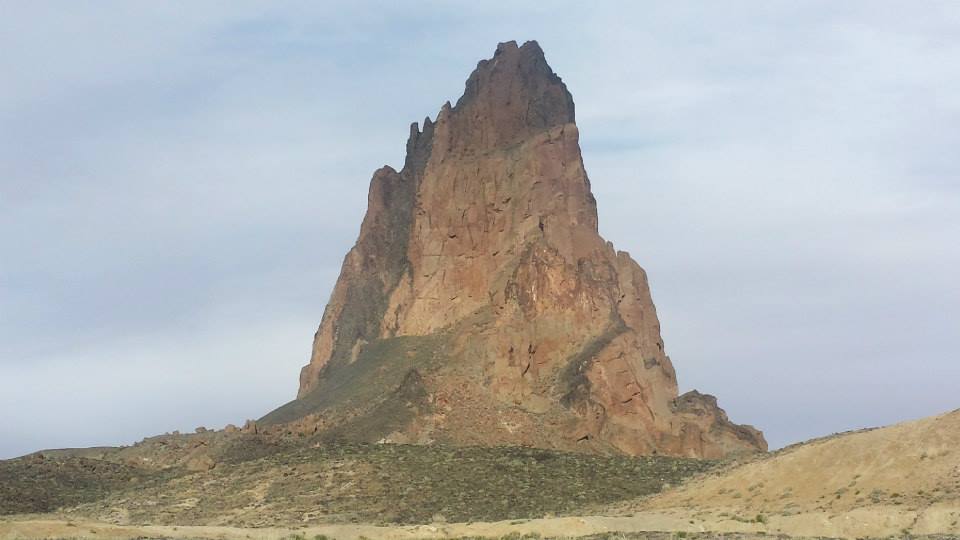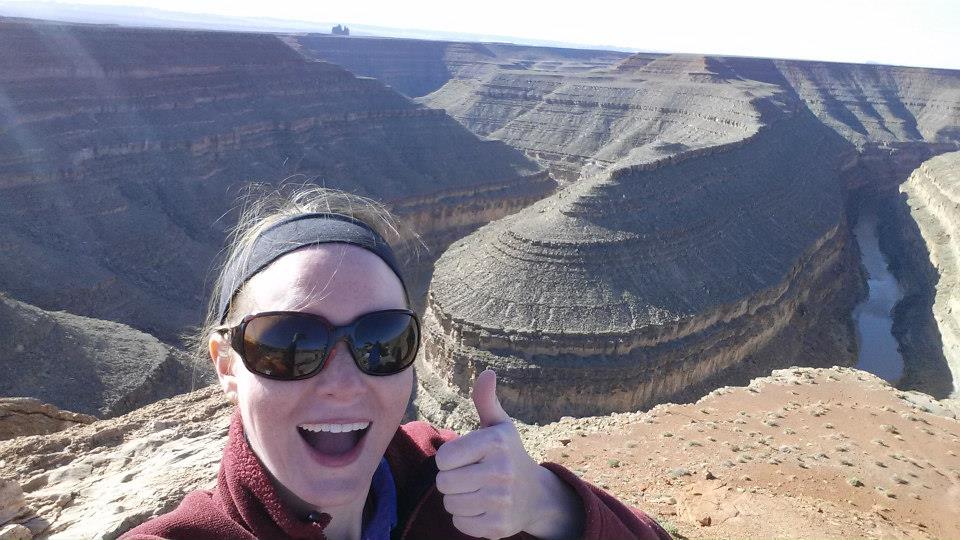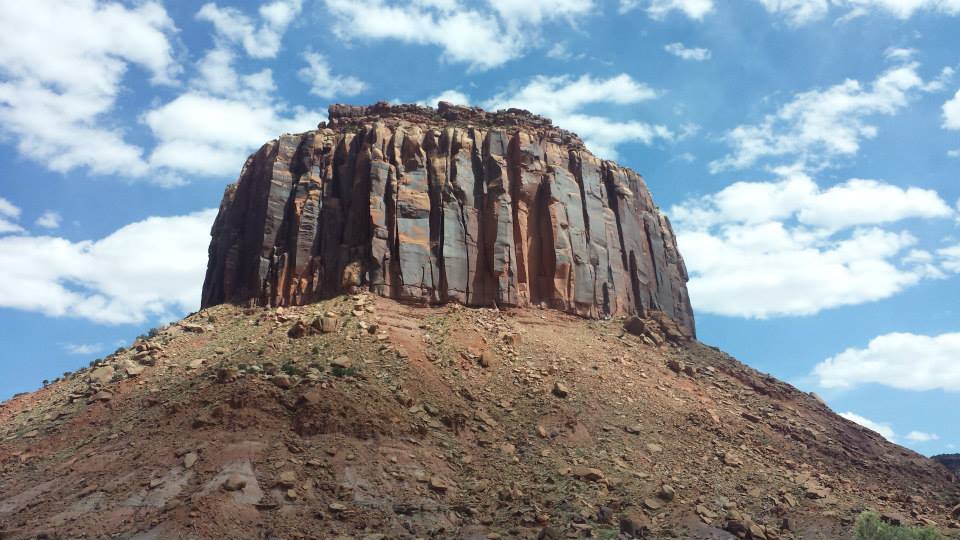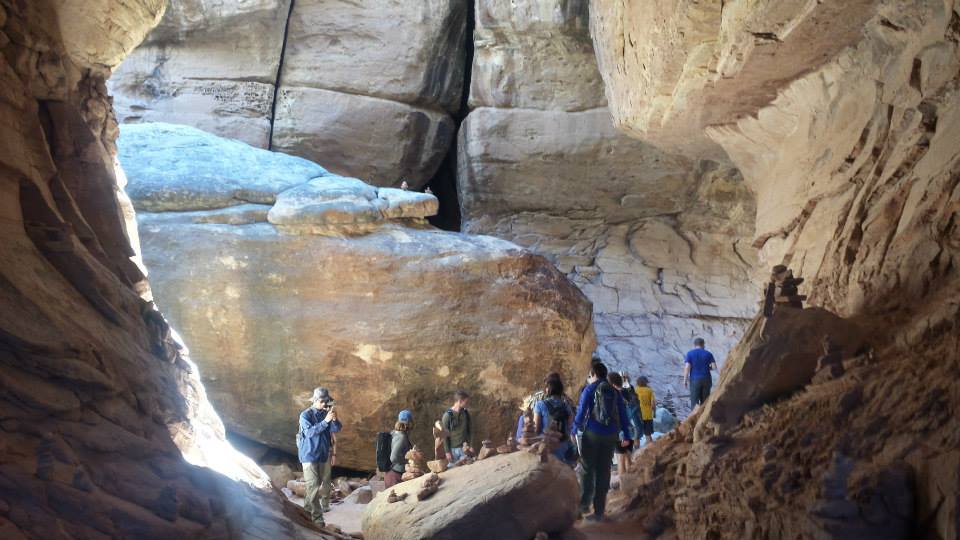This year’s Lunar and Planetary Laboratory Conference (LPLC) was held August 20 and 21 in the Kuiper Space Sciences Building. Thirty-nine talks were presented this year by speakers from LPL, Steward Observatory, the Department of Mathematics, and Northwestern University. Five invited talks were given, including Dr. Veronica Bray's Pluto—Up Close and Personal, detailing findings from New Horizons' recent Pluto Flyby, and Annie Wargetz's The OSIRIS-REx Mission on Social Media, discussing communicating OSIRIS-REx science to the public. The keynote address, The Galaxy is Teeming with Small Planets was given on Friday afternoon by Dr. Renu Malhotra, recently elected member of the National Academy of Sciences and American Academy of Arts & Sciences. This address assessed the architectures of extra-solar planetary systems to conclude that the most common planets appear to be somewhat less massive than Earth. Following the keynote was a joint reception with LPL and the Department of Astronomy/Steward Observatory.
Seven graduate student talks were presented this year, beginning with an invited graduate student talk by last year's contest winner, James Keane. This year's Best Graduate Student Talk winner was Tad Komacek. The contest was judged by Drs. Isamu Matsuyama, Adam Showman, and Tim Swindle.
New at LPLC this year were two interactive panel discussions. On Thursday, Ari Espinoza, Dolores Hill, Sarah Morrison, and Maria Schuchardt led a discussion on Science Communication and Outreach in Astronomy and Planetary Sciences. On Friday, Drs. Daniel Apai, Kaitlin Kratter, Ilaria Pascucci, and Andrew Youdin led a discussion on Our Solar System as an Exoplanetary System.
Organizers Margaret Landis, Josh Lothringer, and Hannah Tanquary are grateful to all the faculty, staff, and students who helped make this year's LPLC a great success.
Registration and abstracts for the 2016 LPLC will open late summer 2016.


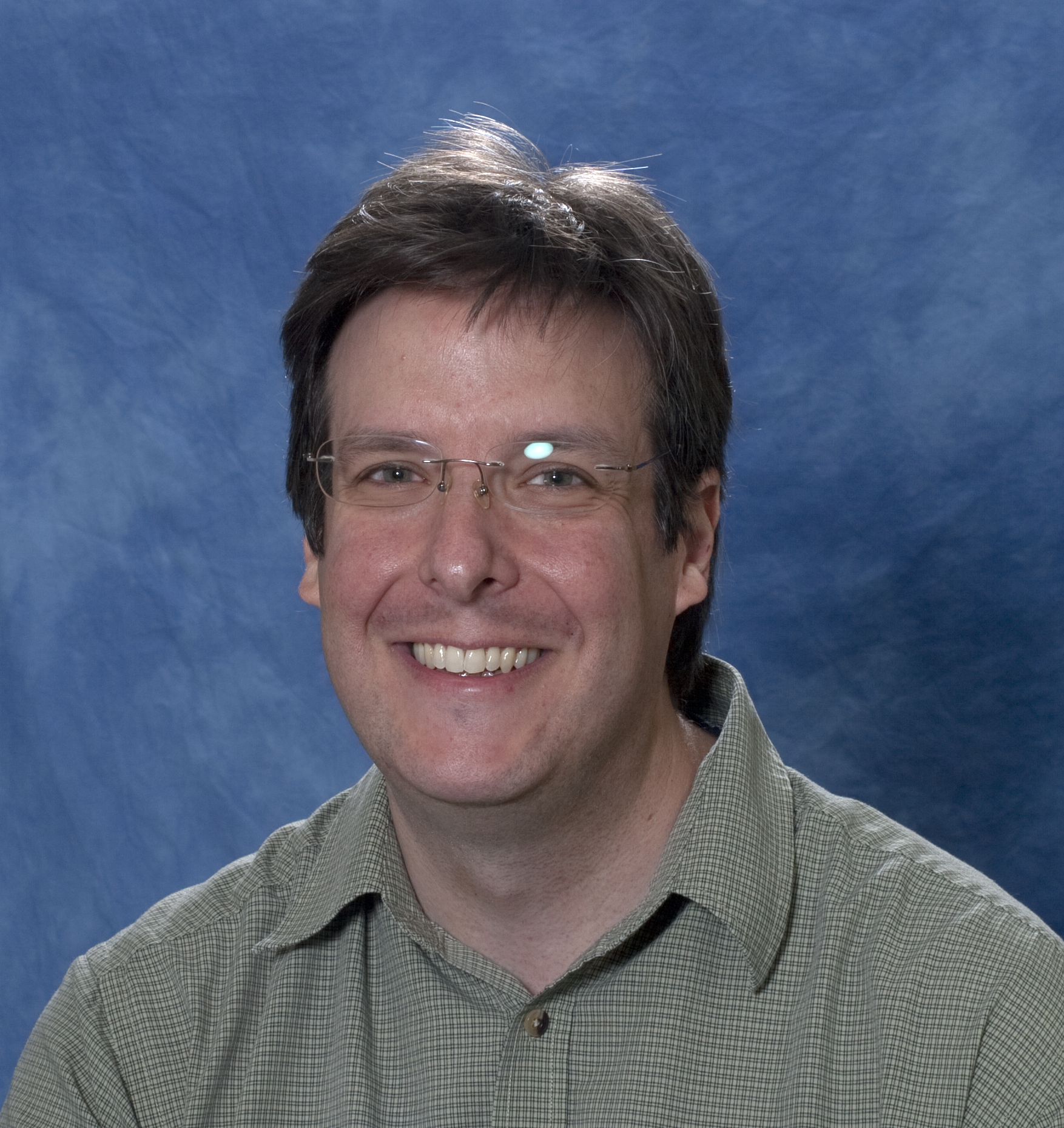
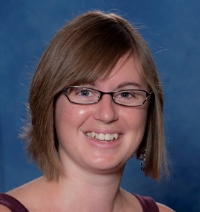 Jamie Molaro defended her Ph.D. dissertation titled, "Stress, on the Rocks: Thermally Induced Stresses in Rocks and Microstructures on Airless Bodies, Implications for Breakdown," on July 29. Her research advisor was
Jamie Molaro defended her Ph.D. dissertation titled, "Stress, on the Rocks: Thermally Induced Stresses in Rocks and Microstructures on Airless Bodies, Implications for Breakdown," on July 29. Her research advisor was 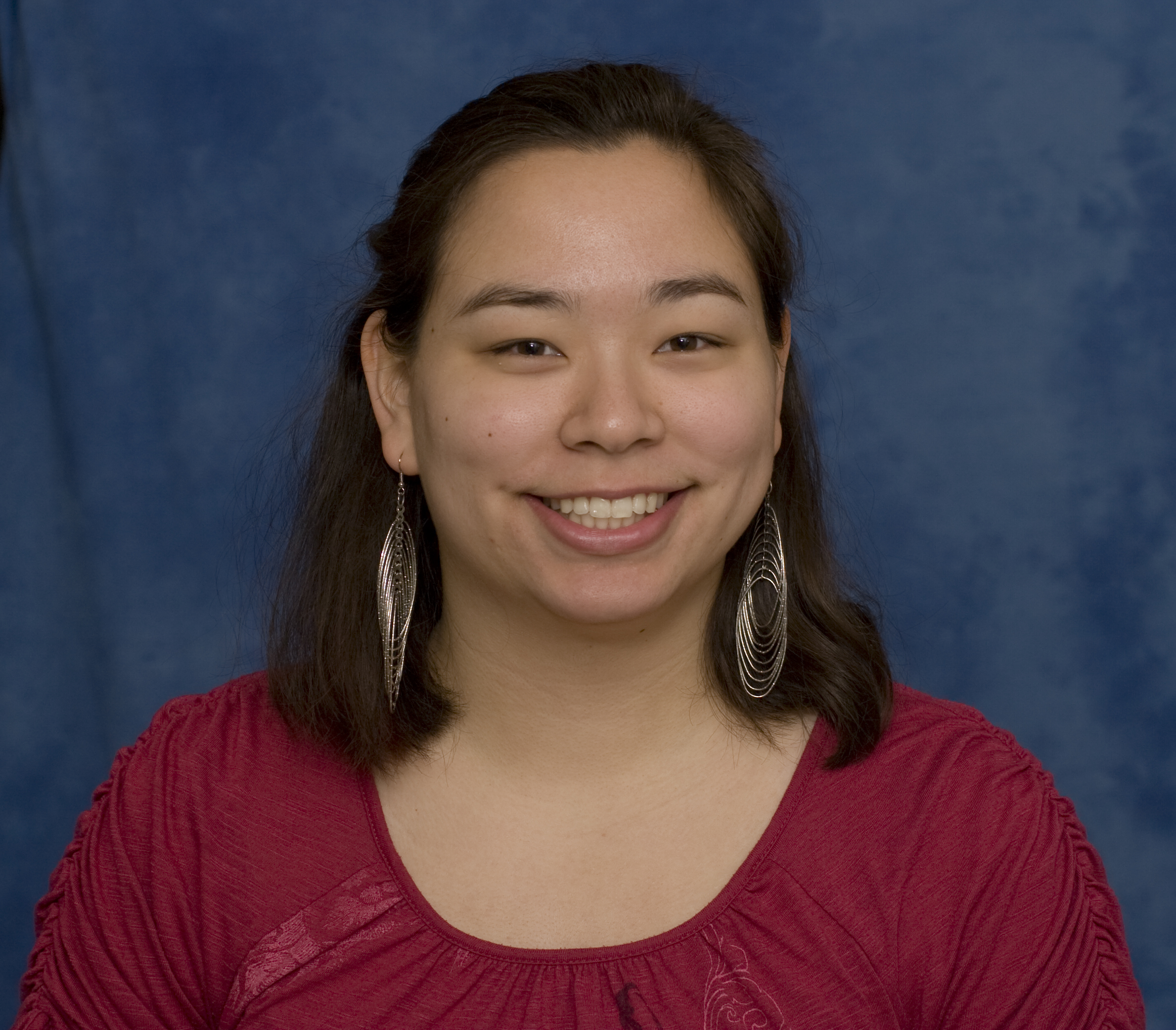

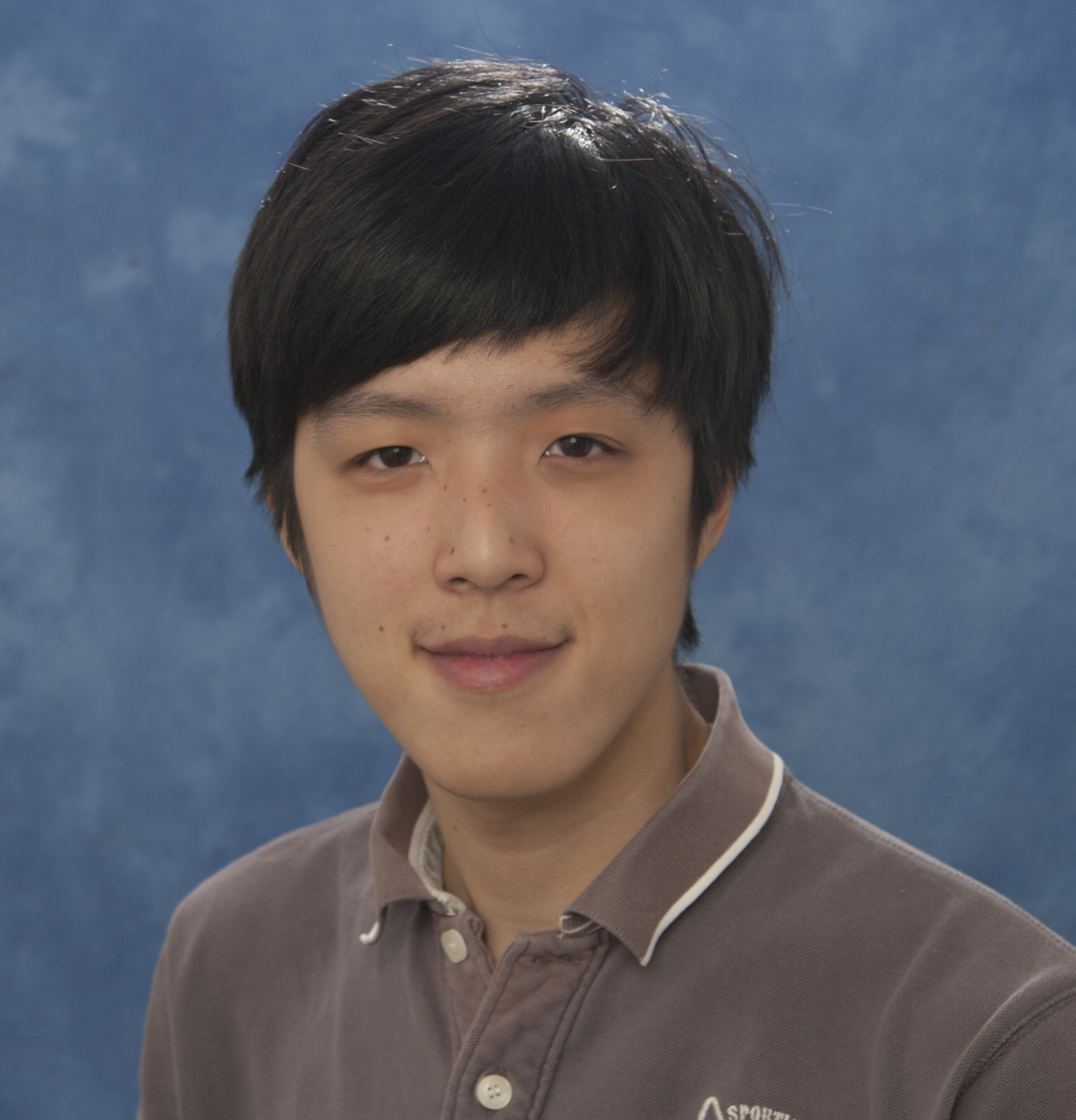
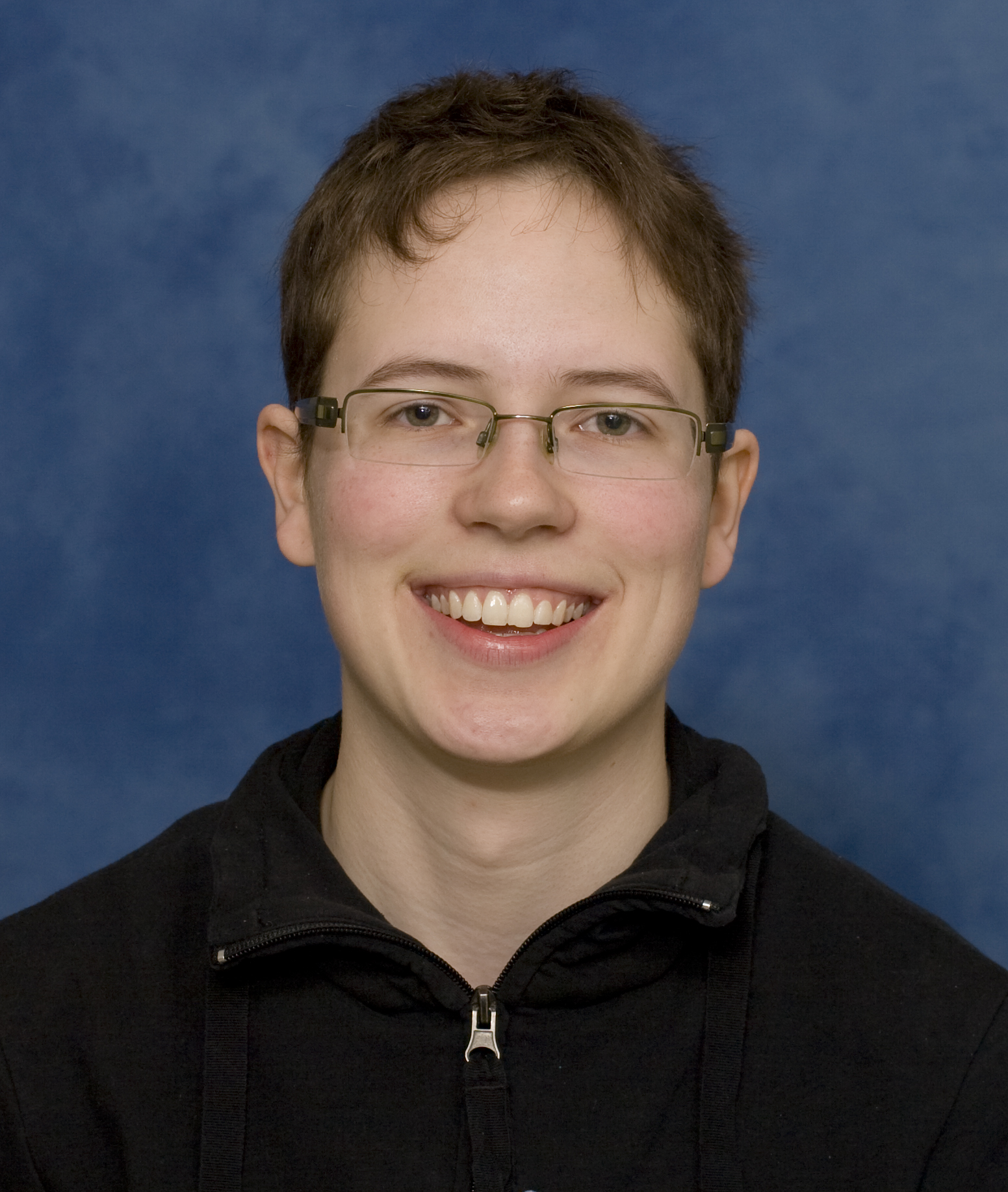
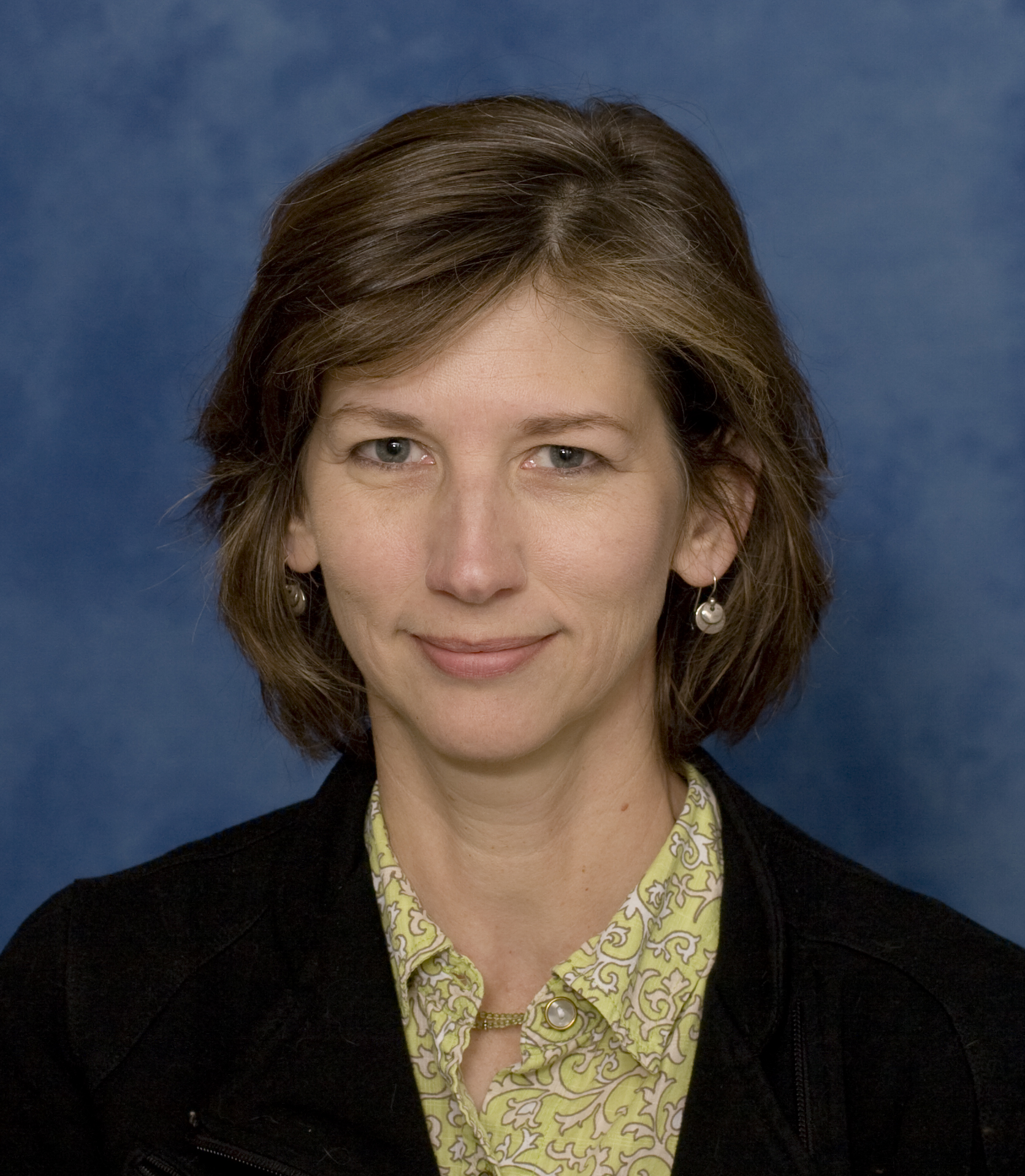
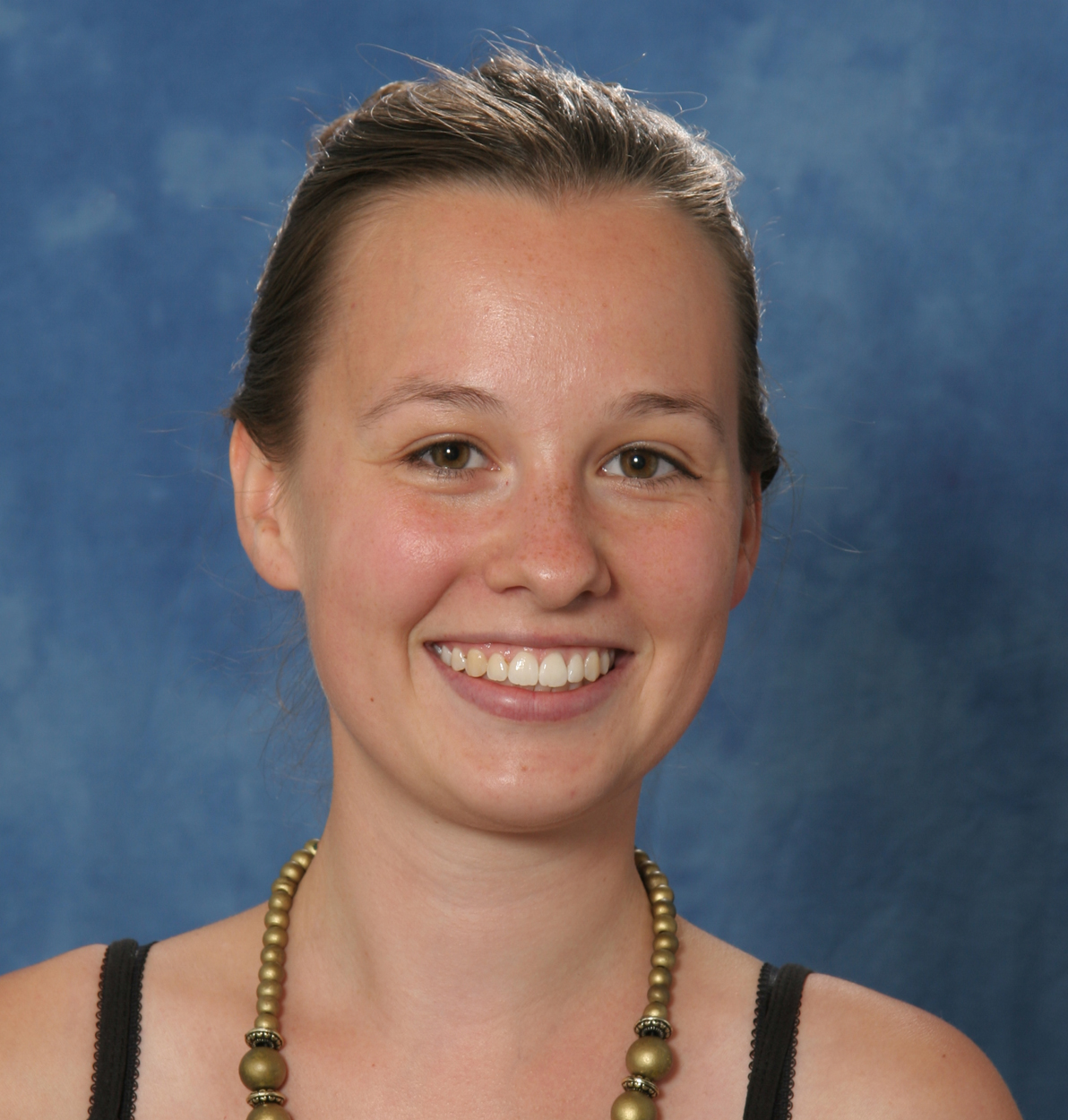
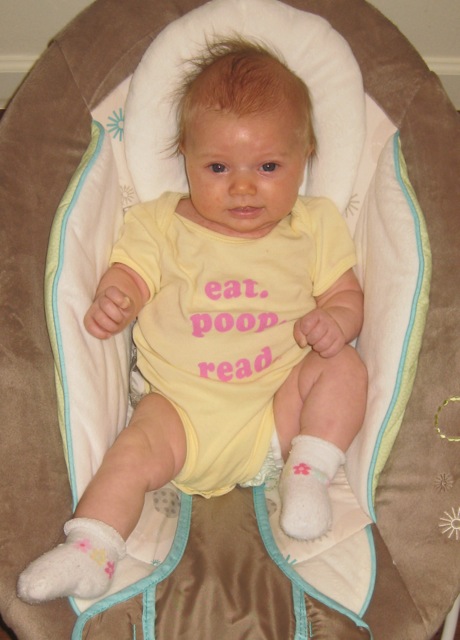 LPL Associate Staff Scientist
LPL Associate Staff Scientist 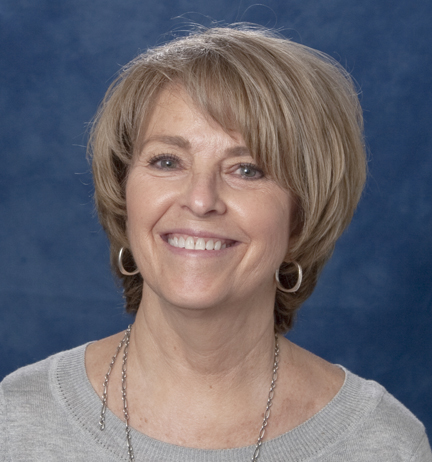 Susan Brew, Program Manager for
Susan Brew, Program Manager for 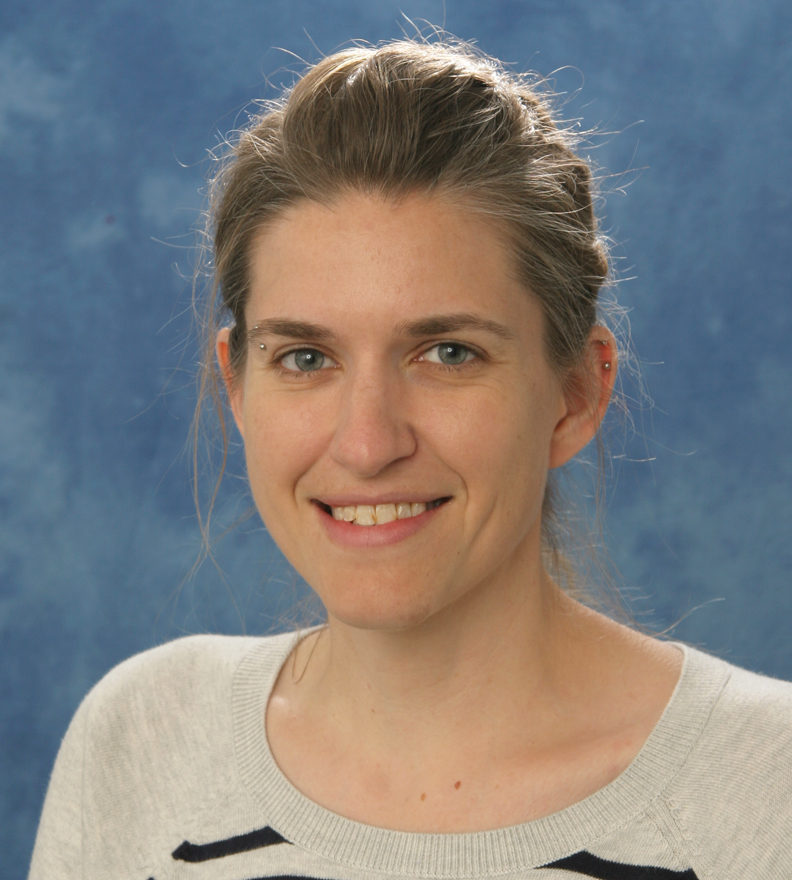 Kristin Block, a Science Operations Engineer for
Kristin Block, a Science Operations Engineer for  A display highlighting LPL’s work on asteroids and meteorites has been constructed by Dolores Hill and installed in U.S. Representative Martha McSally’s office in Washington, D.C. University of Arizona President Ann Weaver Hart officially presented the display to Rep. McSally on April 22.
A display highlighting LPL’s work on asteroids and meteorites has been constructed by Dolores Hill and installed in U.S. Representative Martha McSally’s office in Washington, D.C. University of Arizona President Ann Weaver Hart officially presented the display to Rep. McSally on April 22.